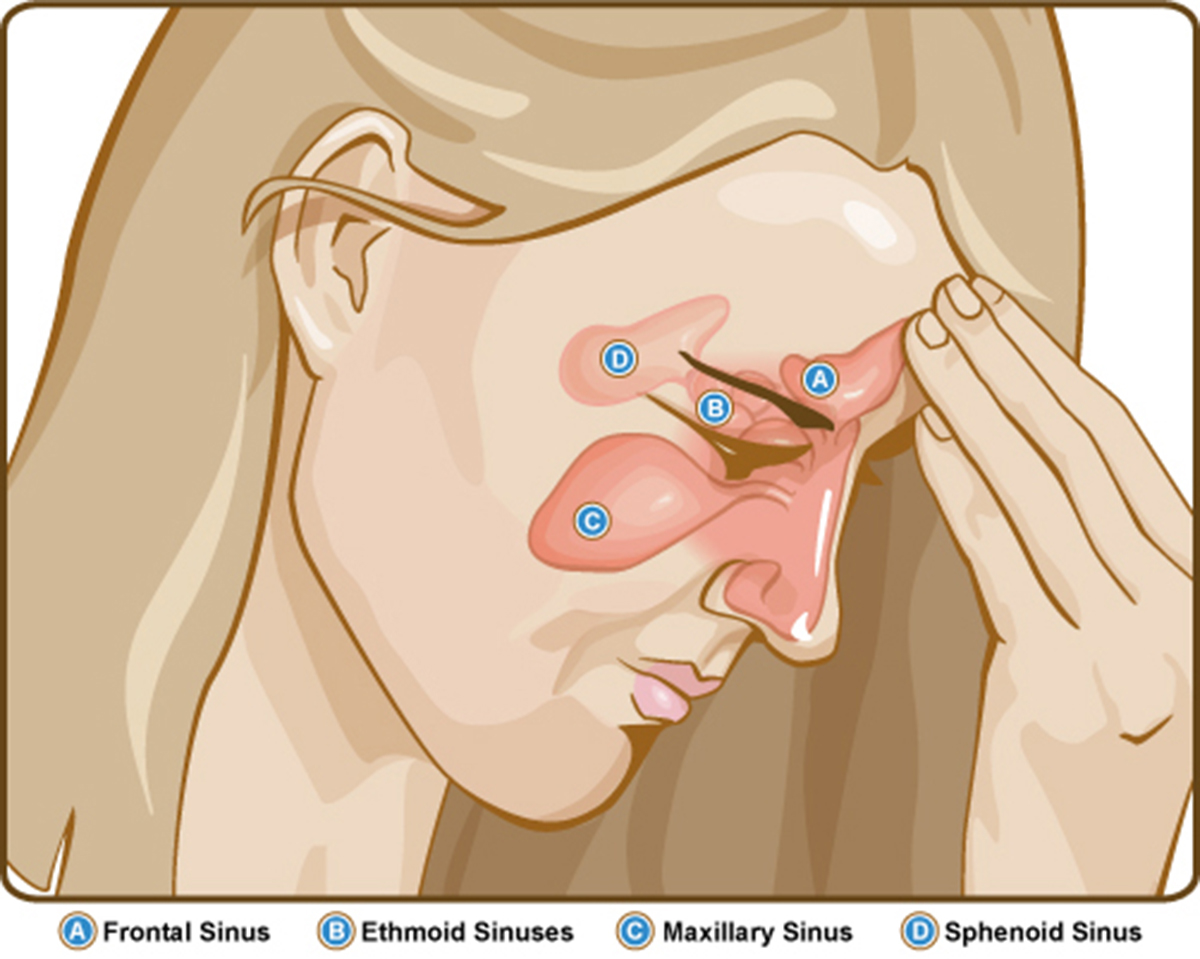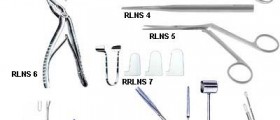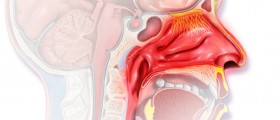
Ethmoid Sinusitis
Ethmoid sinuses are parts of human skull and are situated right between the eye sockets. They normally drain into the nasal cavity. The anterior and posterior parts of ethmoid sinuses drain through separated draining openings into the nasal passages. Ethmoid sinusitis or ethmoiditis represents inflammation of ethmoid sinuses, to be more precise inflammation of ethmoid cells in the ethmoid sinuses. Inflammation can be acute or chronic and caused by different infective agents including bacteria, viruses and different allergens. Even environmental pollutants may be a cause of ethmoid sinusitis.
Ethmoid sinusitis results in swelling of the mucous membrane of the ethmoid sinuses. Since the opening of these sinuses are rather small they easily get blocked which severe affects normal process of draining. Consequently mucus accumulates into the sinuses and this eventually leads to even more intensive symptoms of inflammation.
Causes of Ethmoid Sinusitis
First of all, anatomical defects or abnormalities may be involved in the process of inflammation. They include a deviated nasal septum or even enlarged turbinate. Furthermore, ehtmoid sinusitis may be a consequence of chronic bacterial infection. The most common bacteria that are engaged in this process include Streptococcus pneumoniae, Staphylococcus aureus, Haemophilus influenzae and Streptococcus pyogenes. Allergies to certain allergens are another cause of ethmoid sinusitis. And other but not so common causes of ethmoiditis include environmental pollutants, insertion of feeding tubes, polyps, trauma, tumors, foreign bodies, viral and fungal infection. Immunocompromized people are more susceptible to ethmoid sinusitis comparing to healthy population.
Symptoms of Ethmoid Sinusitis
Typical symptoms of ethmoid sinusitis are headache in the temples, pressure and/or pain in the lower forehead and at inner corners of the eyes, stuffy and runny nose accompanied by postnasal discharge. Obstruction of sinuses and heavy discharge together with stuffy nose lead to breathing difficulties. The pain and the feeling of pressure intensify when the patients are lying on the back, while their alleviation is connected to sitting and standing position.
Diagnosis and Treatment for Ethmoid Sinusitis
The doctor thoroughly reviews patient's history, performs physical examination. X ray of the sinuses points to inflammation. Better visualization of ethmoiditis can be achieved by CT scan. In certain cases the doctor may perform endoscopic examination of the nasal passages.
As in any other inflammation the treatment for ethmoiditis includes reduction of inflammation, alleviation of symptoms and eradication of the underlying cause. Since there are numerous causes of ethmoid sinusitis the doctor will choose the most suitable treatment modality. The treatment is generally conservative and majority of patients are prescribed certain medications. In some cases, there is a need for surgical repair. This particularly refers to anatomical abnormalities that have led to ethmoid sinusitis.

















Your thoughts on this
Loading...